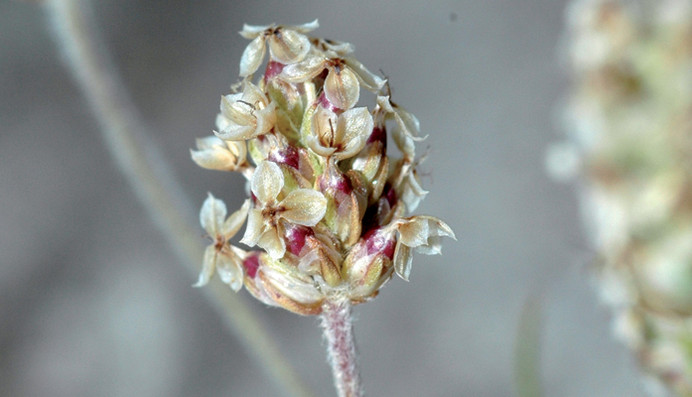
To improve the functioning of the intestines and treat common digestive pathologies, blond psyllium has no equal. This plant from the Indian pharmacopoeia deserves its place in our family pharmacies.
Psyllium (Plantago ovata) is an Indian plant, variety of plantain locally called isabgol. Used for centuries in Asia and India, this natural plant is among the top rediscoveries of the moment in Europe to overcome intestinal problems (irritable bowel, constipation, diverticulosis, ulcerative colitis, hemorrhoids …).
Its seed coat (seed coat) swells and forms a mucilaginous paste on contact with water, making it effective for problems as opposite as diarrhea (absorbing stool water, which will become more consistent) and constipation ( retaining water from digested food). Concretely, psyllium takes up to eight times its volume in water. A teaspoon three times a day is enough to reduce transient and mild digestive upset. In chronic and more severe cases, you can safely increase this dose, up to a tablespoon several times a day, starting with a teaspoon on the first day to get your body used to it.
To swallow it more easily, because the taste is very neutral, we will mix it with compote or a good vegetable soup, but without waiting for the gel to appear so that it rather forms in the digestive tract.
One hundred percent natural and gluten-free, psyllium is interesting for its mucilaginous fibers which have the virtue of restoring intestinal regularity. It is even one of the rare products that can be used by people suffering from intestinal sensitivity, “summarizes the naturopath Florian Kaplar. “Psyllium acts a bit like a sponge that cleanses the walls of the colon by absorbing and entraining toxic substances, including heavy metals. Unlike other plant laxatives like senna and buckthorn, psyllium has no irritant effect on the mucosa. Psyllium is what is called a ballast laxative, it is not absorbed by the body.
Probiotic and appetite suppressant
Psyllium also promotes the development of bacteria friendly to the intestinal flora, helping to normalize blood sugar and cholesterol levels. It? Finally participate in weight loss by promoting satiety and absorbing some of the sugars and fats ingested.
To make your diet richer in fiber, you can add a tablespoon in a soup, a dairy product, a müesli, recipes for cookies or cereal bars (see box).
The beneficial effects of psyllium on intestinal health are corroborated by a very large number of scientific works, the results of which are taken up by medical authorities and reference bodies such as the European Commission, WHO and ESCOP (European Scientific Cooperative on Phytotherapy). The main mission of ESCOP is to advance knowledge in the field of phytotherapy and to contribute to the harmonization of their status within Europe. This organization also aims to promote acceptance of the use of plants, especially within medical practice.
A recognized health claim
As early as 1996, the Danish Medicines Agency approved blond psyllium as a remedy for four indications: high cholesterol, constipation, irritable bowel syndrome and diarrhea. In 1998, the Food and Drug Administration (FDA) approved the label health claim linking psyllium to reducing the risk of cardiovascular disease. In 2007, Canada changed its own regulations to the same effect. Not to mention an official allegation (alas), most European countries now use psyllium in an official medical context, including, in theory, France, since this plant has its file in the Vidal of doctors …
Kitchen advantage
Give the pastries softness:
Psyllium is a healthy ingredient for thickening and fluffing gluten-free bread and pastries. It brings binder to these bread doughs, just like guar gum. Nathalie Ruffat Westling, from the Les Cuisines de Garance blog, offers this gluten-free, low-GI blond psyllium bread recipe.
Ingredients:
• 1 dl sesame seeds • 0.5 dl sunflower or squash seeds • 4 fresh eggs • 0.5 dl cereal flakes • 2 dl flax seeds • 2 tsp. psyllium • 1 dl almond powder • 1/2 tsp. 1 tsp Himalayan salt yeast.
Preparation:
- Preheat the oven to 200 ° C.
- Coarsely grind sesame seeds and sunflower seeds.
- Whisk eggs and mix all other ingredients.
- Pour into a pan covered with baking paper and bake for about 20 minutes.
- Close the oven and let stand, checking the color of the bread to finish baking.